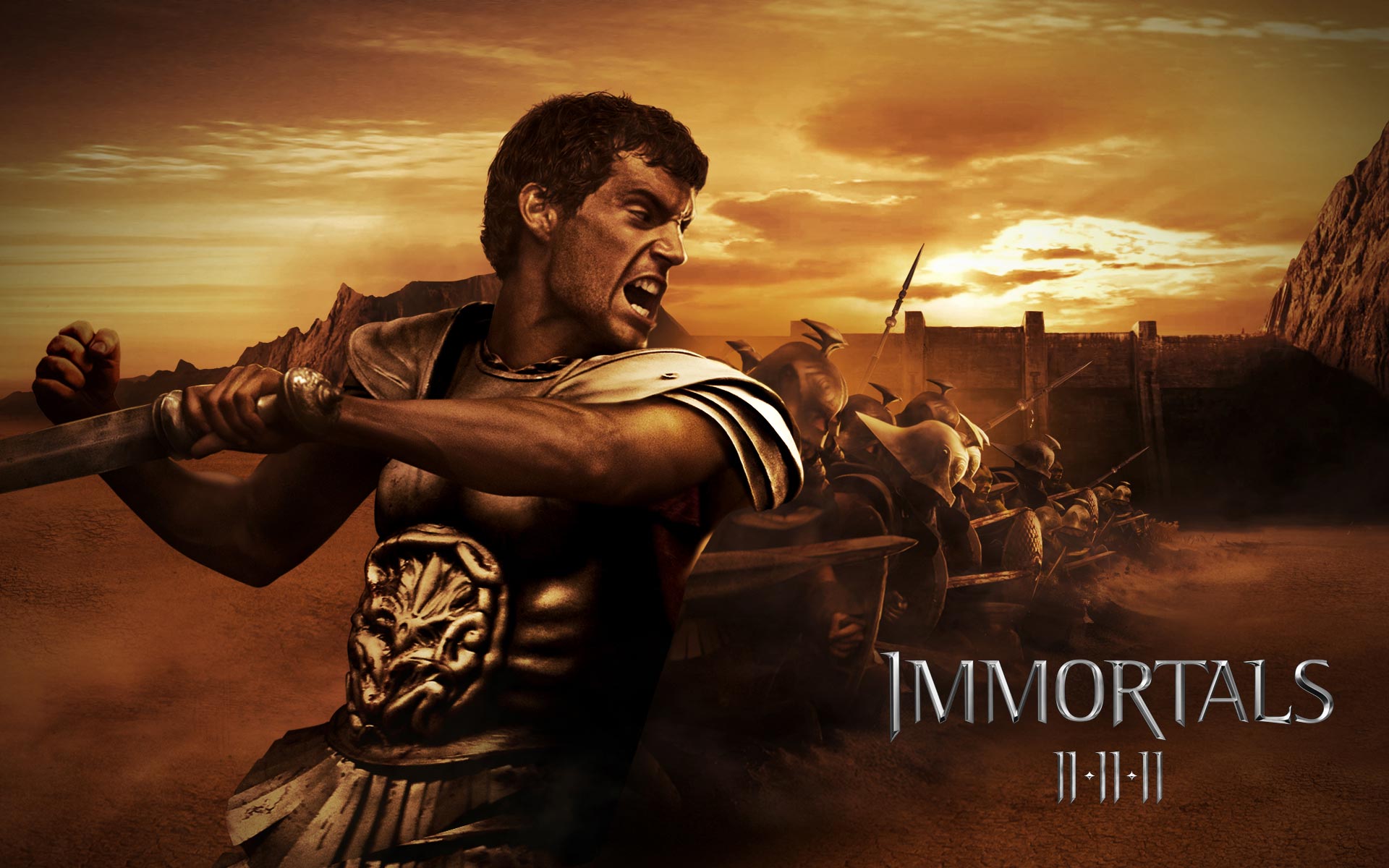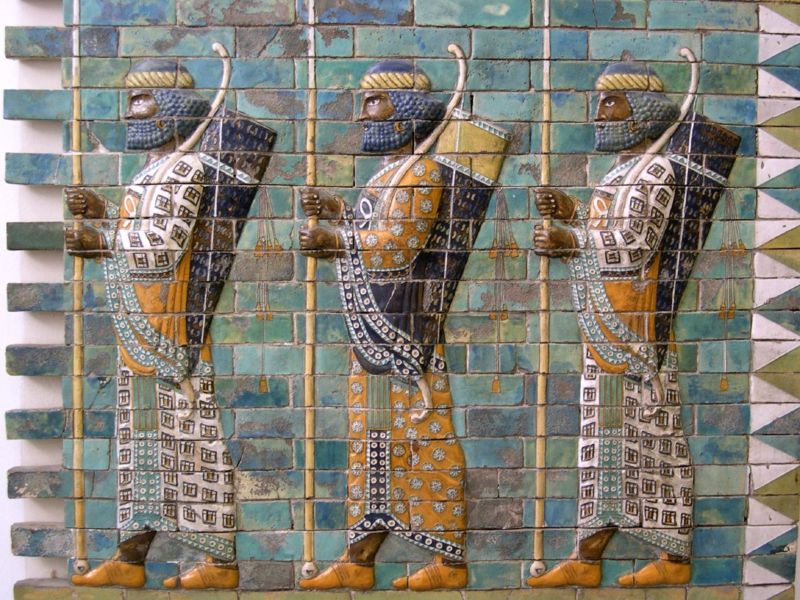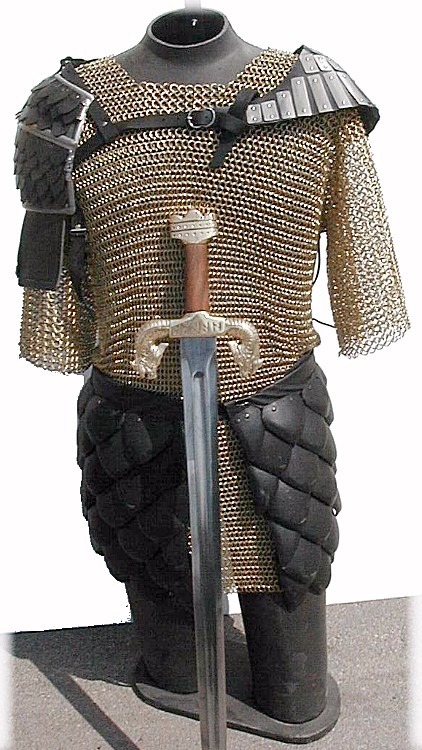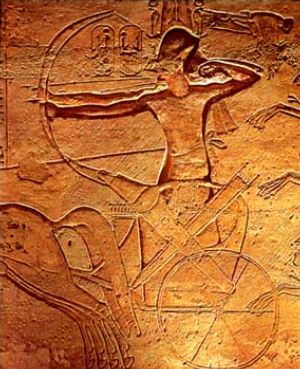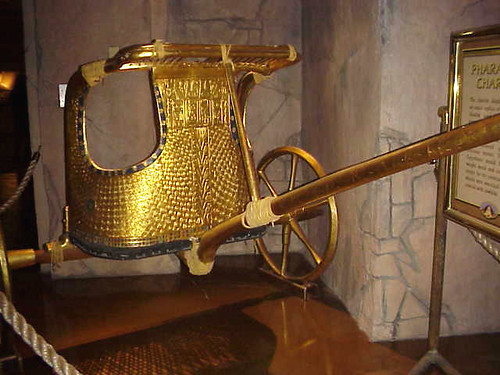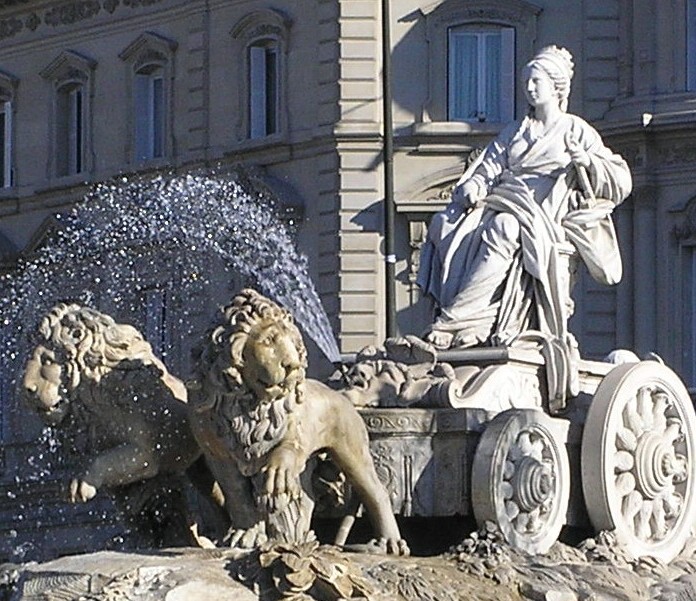“They have served the dark will of Persian kings for five hundred years. Eyes as dark as night... teeth filed to fangs... soulless. The personal guard to King Xerxes himself: the Persian warrior elite. The deadliest fighting force in all of Asia... the Immortals.”
- David Wenham (Dilios in 300)
Well, not quite, actually the name Immortals…
No, not this either, the name Immortals comes from a mistranslation of the word Anûšiya ('companions') with Anauša ('Immortals') by the Greek historian Herodotus. The "Immortals", "Ten Thousand Immortals", or "Persian Immortals" were said to be an elite force of soldiers who fought for the Achaemenid Empire. This force performed the dual roles of both Imperial Guard and standing army during the Persian Empire's expansion and during the Greco-Persian Wars.
The Immortals were described as being heavy infantry led by Hydarnes that were kept constantly at a contingent of exactly 10,000 men. Herodotus claimed that the unit's name stemmed from the custom that every killed, seriously wounded or sick member was immediately replaced with a new one, maintaining the cohesion of the unit. This procedure, coupled with the mystery of an unknown culture could have given rise to the belief that the Immortals were truly incapable of being killed.
Aha, now that is more like it! Herodotus describes the Immortals being armed with wicker shields, short spears, swords (or large daggers), with bow and arrows. This would seem to indicate that the Immortals were expected to be able to adapt to various military situations, such as long-range against cavalry, medium range against spear-wielding infantry, and short range against swordsmen. Their shields could also protect them from enemy arrows.
Unfortunately, wicker shields offer little to no protection against weapons of iron or bronze, which caused more than a few problems at the Battle of Thermopylae.
Underneath their robes they wore scale armor coats. The spear counterbalances of the common soldiers were of silver, and higher ranks used spears capped with golden ends. A caravan of covered carriages, camels, and mules, followed the regiment and transported their supplies; concubines, attendants, and special food that was reserved only for their consumption. This conjures forth the image of a truly decadent and prosperous army to the enemies of the Persians, and creates an immediate desire to enter the ranks of the Immortals in the ranks of common soldiers.
The headdress worn by the Immortals is believed to have been the Persian tiara, but the actual form is uncertain, as some sources describe it as a cloth or felt cap. A cloth hood could be pulled over the face to keep out dust in the arid Persian plains, which admittedly would be useful in that climate. Surviving stone carvings represent the Immortals as wearing elaborate robes and gold jewelry, though these garments and accessories were most likely worn only for ceremonial occasions.
From their armaments, their support, and their strict attention to cohesion, the Persian Immortals seem a force and display of wealth to demoralize enemies. They were soldiers, but with the aid of superstition and vast numbers, the enemies of the Persians would need great courage to continue fighting a line of guards seemingly without end.
On a minor note, the previous post on the Viking Berserker was difficult to read because of a technical issue, which I do not understand. When I previewed the page, the text was supposed to be white on a dark gray background.
References:
The above are promotional images for the 300 and Immortals motion pictures

